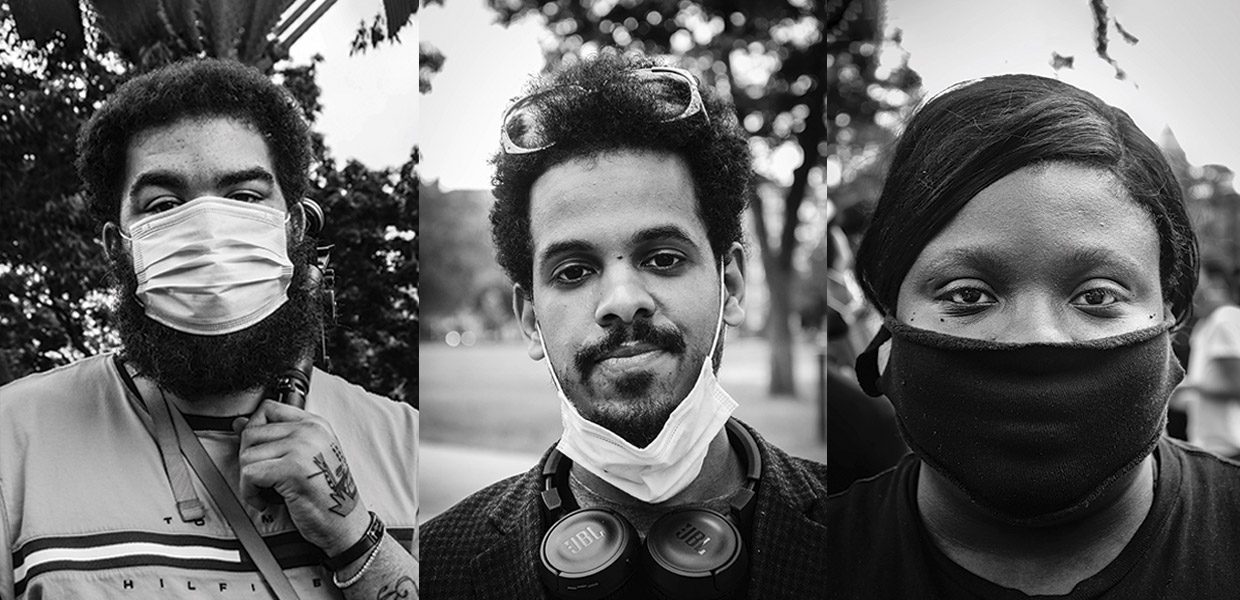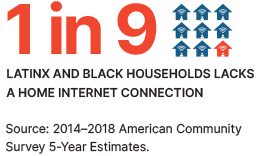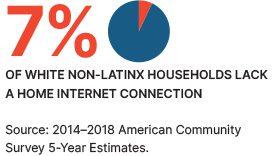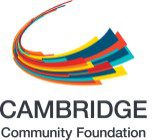Equity and Innovation Report
Introduction
A new Cambridge emerges
The new Cambridge and the old Cambridge live side by side. Photo by Lou Jones.
The new Cambridge and the old Cambridge live side by side. Photo by Lou Jones.
Cambridge has changed. For more than three centuries Cambridge has been considered an education mecca. And now, the city has also joined the ranks of 25 leading innovation capitals in the country — urban centers like San Francisco, Seattle, Denver, Austin, and Nashville — that have high concentrations of entrepreneurship, venture capital expenditure, and start-up activity, particularly in fields like tech, biotech, and the life sciences.
Powered by the city’s famous universities and the talent they attract, in addition to massive private investment, the positive changes in Cambridge have been striking. But not everyone has shared the prosperity and opportunities this new paradigm has generated.
Cambridge is a story of juxtapositions — an intertwining of success and shortfall, wealth and poverty, dynamism and dispossession. The higher education world that drove the local economy has been surpassed by its offspring, innovation; there are now more jobs in technology companies than in the academic institutions that have shaped the city for generations. New populations have moved in, attracted by and contributing to the city’s explosive innovation economy, while long-standing populations that contributed so much to the city’s creative diversity are in decline. Cambridge offers prosperity for some, but poverty and strain for many others.
In many ways, Cambridge is a deeply progressive city, where government-led efforts range from participatory budgeting and affordable housing development to comprehensive support for single mothers and trainings in anti-racism and racial equity in the public schools. For a city so proud of its perspective on virtually every social and political topic, the numbers in this report reveal some shocking truths. Inequalities remain, and they have been exacerbated by the coronavirus pandemic, which is making the losses greater and more widespread, the pain more acute and uneven, the recovery further from our grasp, and the future more uncertain.

Can the pandemic be a catalyst for change in Cambridge? Photos by Kristen Joy Emack.
“I want desperately for this pandemic to be a catalyst for change. I have often hoped that the pandemic would bring home how uneven the playing field is for low-income people and communities of color and would motivate people to walk the talk and mobilize for far deeper, more meaningful change.”
— Rick Weissbourd, Psychologist and Professor
The pandemic altered our lives in 2020, but the Cambridge we are waking up to today has been in the making for many years. Income inequality, the loss of the middle class, the closing of small businesses, ongoing gentrification, escalating housing costs, and deep racial disparities in education, wealth, and access to opportunity — these trends have been accelerating at least since the 2008 recession. They are among the challenges confronting Cambridge and other innovation cities across the country.
Looking back at the past decade, we can see that innovation-driven growth and prosperity obscured cracks in our civic foundation that threaten the very things that make Cambridge special — its diversity of people, households, and businesses; its range of races, religions, ethnicities, incomes, and ideas; and the sense of community that comes from being welcoming and accessible to all.
This report places Cambridge in the context of other innovation cities and provides data on the impacts of its economic success on our community. While the findings are not surprising, the report looks at the data in a new way, considering Cambridge in depth across five income segments, or quintiles, to understand the divergent lives of individuals within those segments. Further research is required to work out the full implications of the data presented here, but these numbers can act as a starting point for a nuanced conversation.
We seek a deep, well-informed dialogue leading to a civic agenda that brings together all sectors of the city — community leaders, CEOs, employees, philanthropists, nonprofit and faith leaders, universities, artists, local government, and members of the community. Building on the solid data assembled here, the city’s Envision Cambridge planning process, and the wise counsel of fellow Cantabrigians, we hope to build a community where innovation thrives, opportunity abounds, and, most importantly, prosperity is shared.
Impacts of COVID-19
The COVID-19 pandemic has profoundly impacted lives and livelihoods in Cambridge.

COVID-19 CASES
As of year-end 2020, the Cambridge Public Health Department reported 3,296 cumulative cases among residents and 108 deaths from COVID-19, with a disproportionate share among people of color and those over 60.
Chart Intro.1: COVID-19 Cases by Age
Chart Intro.2: COVID-19 Cases by Race/Ethnicity
JOB LOSS
After reaching a record low unemployment rate of just over 1 percent in December 2019, by June 2020 Cambridge’s unemployment rate had skyrocketed to more than 10 percent before falling to just under half that in October.
Chart Intro.3: Unemployment Rate

FOOD INSECURITY
The number of Cambridge residents receiving Supplemental Nutrition Assistance Program (SNAP) benefits, commonly known as food stamps, increased by nearly 1,200 between March and November, growing to 7,400 total recipients.
Chart Intro.4: Cambridge SNAP Recipients, August 2017 to November 2020


Internet access has become essential for work and school. Photo by Sam Seidel.
DIGITAL DIVIDE
Nearly 11 percent of Latinx and Black households in Cambridge lack a home internet connection, compared with just 7 percent of white households. This translates into less reliable access to online learning, work, health care, and social connectedness.


We have adjusted the standard naming conventions established by the U.S. Census Bureau in the following ways: “Hispanic/Latino” ethnicity is referred to as “Latinx”; “Black” refers to “Black/African American”; “Asian” includes “Native Hawaiian/Pacific Islander”; “Multiracial” refers to “Two or More”; and “Another race/AIAN” includes “Some Other” and American Indian/Alaska Native.” For more about our terminology on race and ethnicity »
